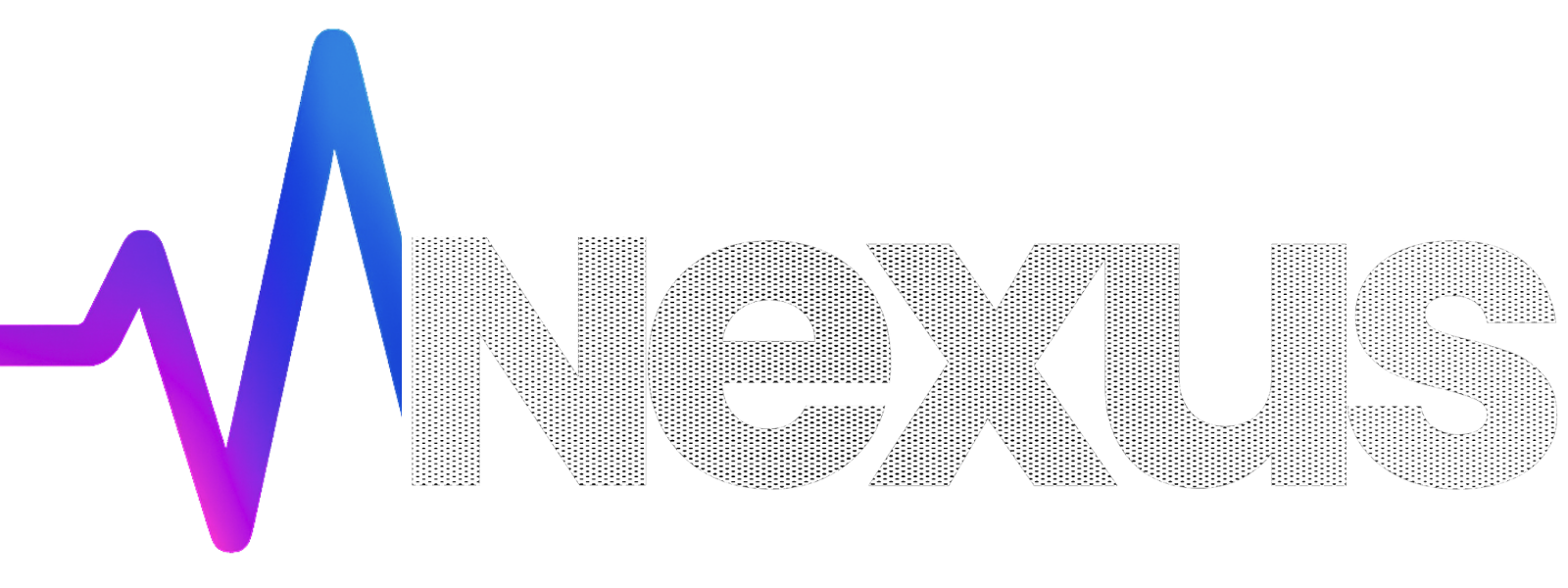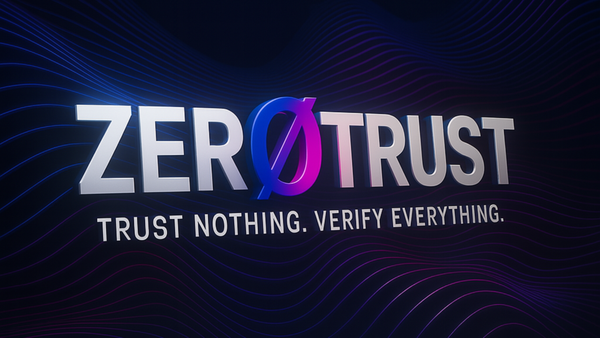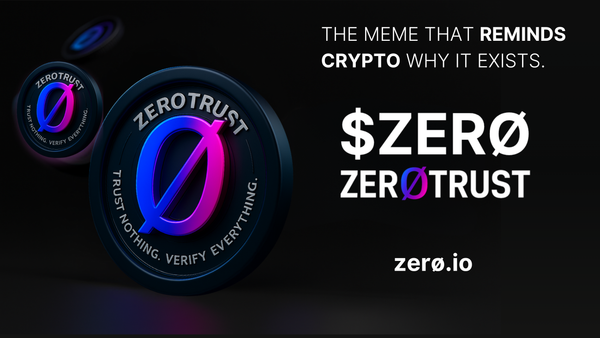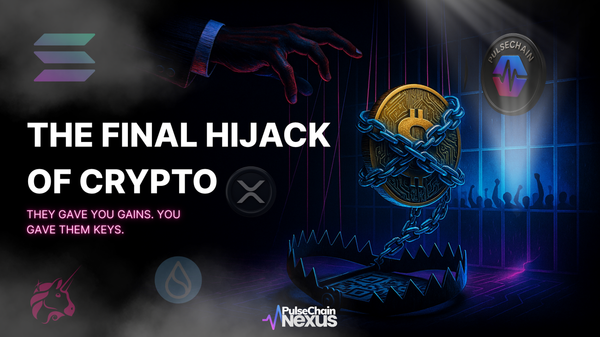The Hermetica Mirage: High Yields, Centralized Chains, and the Illusion of Bitcoin DeFi
Now remember: USDh is meant to be a decentralized dollar alternative—yet its entire operational security stack is hanging on a private company in the UK.
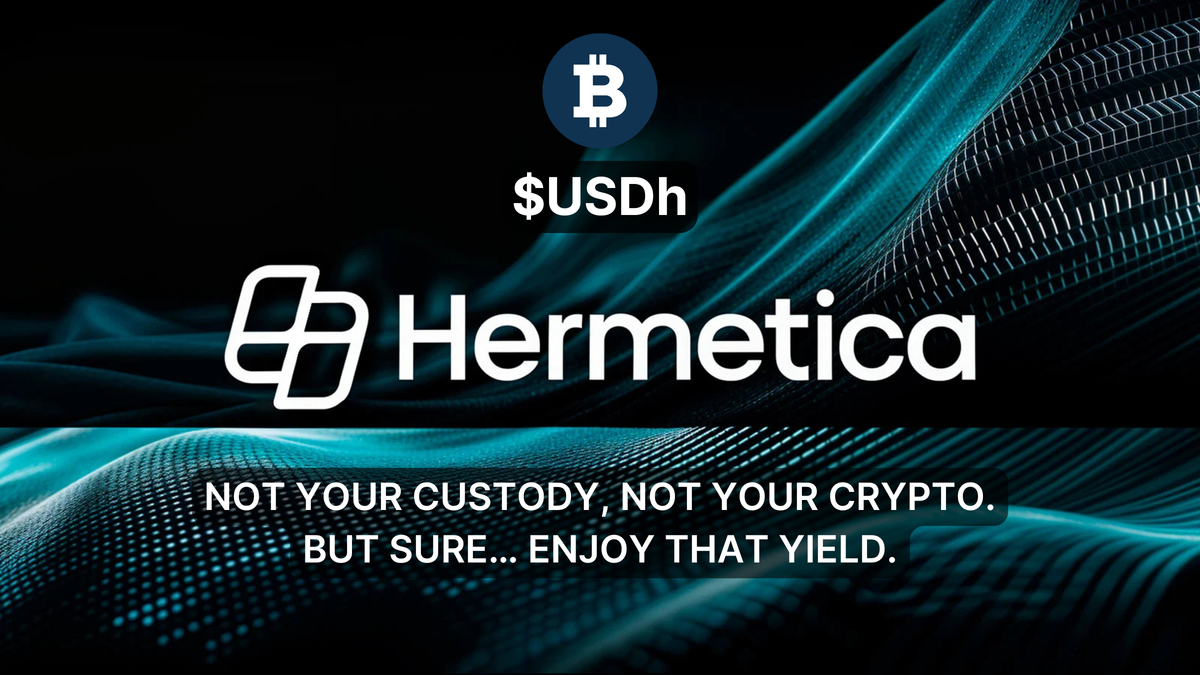
Bitcoiners, beware the shiny object.
Hermetica has entered the scene with bold promises and crisp branding: USDh—the first Bitcoin-backed, yield-bearing synthetic dollar. Earn up to 25% APY without leaving the Bitcoin network. Sounds like a dream, doesn’t it?
Until you open the hood.
Hermetica’s proposition is elegant in concept. It takes BTC as collateral, opens a delta-neutral position by shorting perpetual futures, and voila—creates a synthetic dollar that’s pegged to $1.00 and generates yield from funding rates. The user stakes USDh and watches the APY roll in, no fiat banks, no stablecoin middlemen.
But when you trace the wires, something darker emerges.
The Engine Room: Custodians, CeFi, and Copper
To run its operations, Hermetica uses Copper, a London-based digital asset custodian offering Off-Exchange Settlement (OES). On paper, this reduces exchange risk. Your funds aren’t sitting directly on Binance or Bybit—they’re held in secure segregated wallets by Copper while Hermetica executes trades across partner exchanges.
This sounds smart. Until you realize it’s also centralized choke point number one.
If Copper fails, your assets are frozen. If regulators lean on Copper, assets can be seized. If Copper updates its terms or suspends a trading partner, the system halts.
Now remember: USDh is meant to be a decentralized dollar alternative—yet its entire operational security stack is hanging on a private company in the UK.
We’ve seen this play out before. Celsius. BlockFi. FTX. The story is always the same—clever infrastructure, happy yields, and one single point of failure that brings the whole thing down. Hermetica has inserted itself between your BTC and your dollar dreams, all while calling itself DeFi.
DeFi? Only in Marketing.
Let’s be very clear:
Users do not hold their own collateral.
Users cannot audit the perpetual positions directly on-chain.
USDh is not minted via smart contracts you control.
The yield depends on centralized exchanges and perpetual funding rates.
This isn’t trustless. It’s engineered yield with counterparty risk baked in.
Hermetica calls this a bridge from CeFi to DeFi. In practice, it’s a walled garden of centralized infrastructure pretending to be part of Bitcoin’s permissionless ethos. The bridge is real—but you’re not the one holding the keys.
The Funding Rate Fable
Hermetica’s yield comes from shorting perpetual futures. When markets are bullish, longs pay shorts a funding rate to maintain their positions. Hermetica captures that, stabilizes the peg, and passes some to the staker.
So far, so good.
But what happens in a bear market?
Funding flips negative. You’re now paying to maintain the short. Hermetica says its Reserve Fund kicks in to buffer this, but where’s the transparency? Is the Reserve Fund on-chain? Is it collateralized? What if we get a sustained downturn like 2022
This model only works if:
Exchanges stay online.
Copper doesn’t go bust.
Perpetual funding rates remain positive enough.
Traders keep speculating long on Bitcoin.
That’s not DeFi. That’s a leveraged trading firm dressed in decentralization drag.
What's Really at Stake?
Hermetica’s pitch to Bitcoiners is emotional:
Keep your money in Bitcoin.
Escape fiat.
Earn real yield.
But in doing so, it funnels sovereignty into infrastructure controlled by third parties. If any of them break, the peg breaks. The dollar vanishes. The yield stops.
You don’t need permission to hold BTC. You do need permission to use Hermetica.
And that’s the bottom line.
Final Word from the Underground
Hermetica is not evil. It’s smart. It’s engineered. It’s dressed well.
But it is not DeFi.
It is not trustless.
And for all its sophistication, it is just another centralized financial product with layered risk that Bitcoiners will flock to—until the next Copper or exchange blackout reminds everyone why decentralization matters.
If you believe in Bitcoin’s original ethos, USDh is not your savior.
It’s a mirage—shimmering with dollar yield, built on someone else’s land.
Veritya Thalassa Founder, The PulseChain Nexus + ZeroTrust
Subscribe to The PulseChain Nexus — now just $5/month or $50 for the year. You’ll get sharp insights from the PulseChain ecosystem, world events decoded through a ZeroTrust lens, and deep-dive breakdowns delivered direct to your inbox multiple times a week — plus early access to the new PulseChain Nexus Telegram community, opening soon. No fluff. No noise.
➡️ Sign up here
